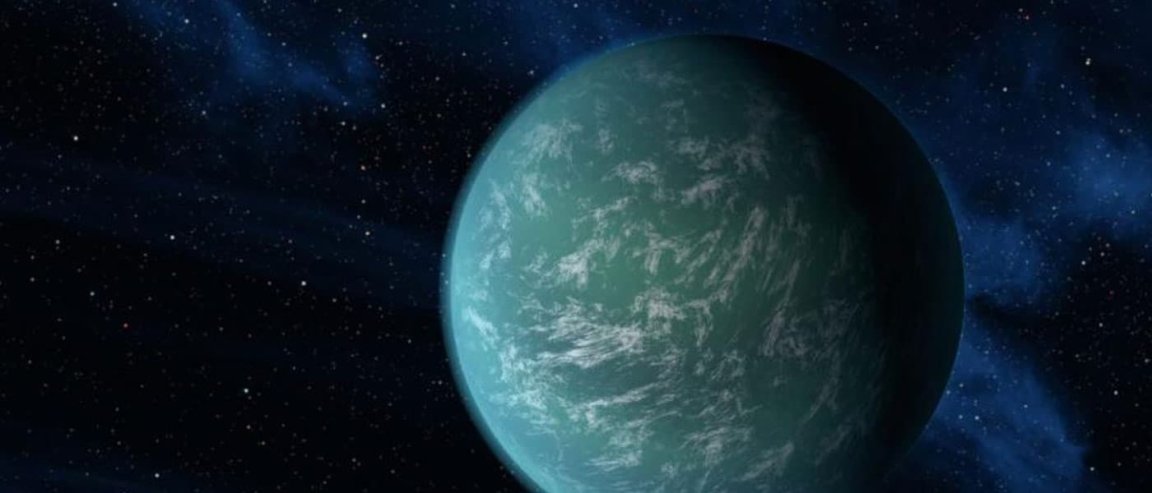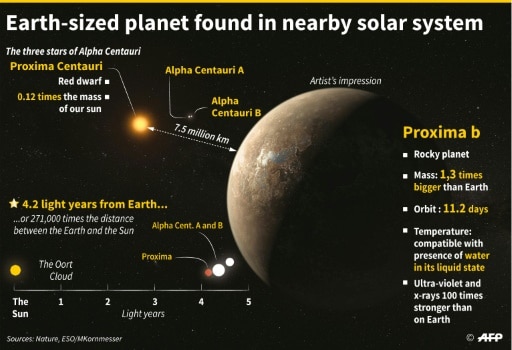
The case for Proxima b
Proxima b’s proximity to Earth — about 4.2 light years away — makes it the nearest exoplanet that is potentially habitable and could contain life. While it may be tidally locked (meaning one side of Proxima b perpetually faces its star as it completes its 11.2 year revolution), Proxima b’s proximity to the star it orbits, the red-dwarf Proxima Centauri, puts it right in the Goldilocks Zone. This means there’s a strong possibility that water exists on this exoplanet.
A team from the National Center for Scientific Research (CNRS) in France believes Proxima b may not just contain water; it could be covered in it. “The planet could be an ‘ocean planet’, with an ocean covering its entire surface, and similar water to some icy moons around Jupiter or Saturn,” the team says.

Water = Life
To figure out just how much water may be on Proxima b, the CNRS team used simulations that play with the estimated range of the planet’s radius, between 0.94 and 1.4 times that of the Earth. At the lowest limit, the simulations suggest a dense planet with a metallic core surrounded by a rocky mantle, and surface water of about 0.05% of the planet’s total mass.
With the maximum limit, however, the simulations show the planet’s radius at 8,920 km (5,542.6 miles), with a mass that’s equally divided between a rocky core and surrounding water. “In this case, Proxima b would be covered by a single, liquid ocean 200 km deep,” the researchers explained.
Both cases, of course, would mean Proxima b is covered by a thin, gassy atmosphere like that of Earth. This is possible, despite Proxima b’s closeness to Proxima Centauri, where the habitable zone is 25 times closer than in our own system.
Of course, these are just simulations. As previously reported, everything we assume about Proxima b can be confirmed once the James Webb Space Telescope (JWST) is launched in 2018.